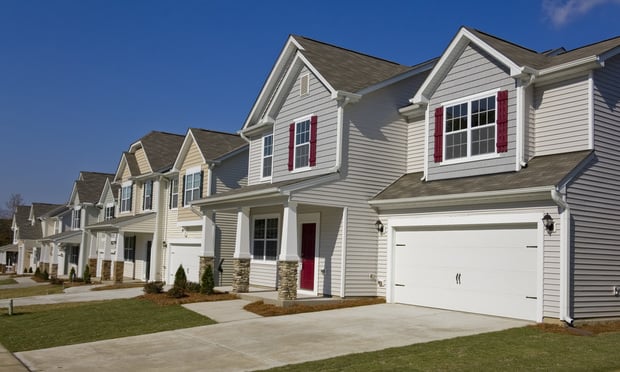Most Americans received a cut in federal taxes, and most taxpayers don't seem to recognize the savings, according to polls. Some are upset by lighter refunds and withholding issues. And my neighbor was perturbed about something else–the street in front our building needs repaving. But that seems like most streets in most neighborhoods in most places USA. We're told the economy is “great.” Inflation is low, unemployment is a relative blip. Wages are increasing at a slightly improved rate, finally. But where is the benefit of lower taxes? Why doesn't the average American feel more prosperous during what is less of a peak and more of an extended economic plateau? And why aren't the streets getting repaired and why are subway systems falling apart? Is there a connection maybe?
I started writing about infrastructure 12 years ago. It was obvious then that the U.S. had underfunded transportation infrastructure spending for decades—basically since the end of interstate construction in the 1980s. The lion's share of Federal subsidies for sewers and water treatment had ended then too. More of the funding burden would fall on states and local governments. The Reagan years were the beginning of starve-the-beast, federal tax cuts, which we were told would lead to greater prosperity. But tax cuts required window-dressing reduction in spending on items like infrastructure and deficits ballooned anyway since there remained a political mandate to fund defense, Social Security, Medicare and most other really expensive programs that the electorate has come to expect.
At this point we have underfunded infrastructure by several trillion dollars at least. Forget our local streets, the interstate system needs rebuilding, reaching the end of its 50-year lifespan on many highways. Our airports, railroads, and mass transit fall further behind the rest of the world. And let's not even bring up crumbling dams. Sorry I just did. In any case at this point, we have been surpassed and then some, including by China and much of Europe, in state-of-the-art transport networks and facilities.
Recommended For You
Want to continue reading?
Become a Free ALM Digital Reader.
Once you are an ALM Digital Member, you’ll receive:
- Breaking commercial real estate news and analysis, on-site and via our newsletters and custom alerts
- Educational webcasts, white papers, and ebooks from industry thought leaders
- Critical coverage of the property casualty insurance and financial advisory markets on our other ALM sites, PropertyCasualty360 and ThinkAdvisor
Already have an account? Sign In Now
*May exclude premium content© 2025 ALM Global, LLC, All Rights Reserved. Request academic re-use from www.copyright.com. All other uses, submit a request to [email protected]. For more information visit Asset & Logo Licensing.








